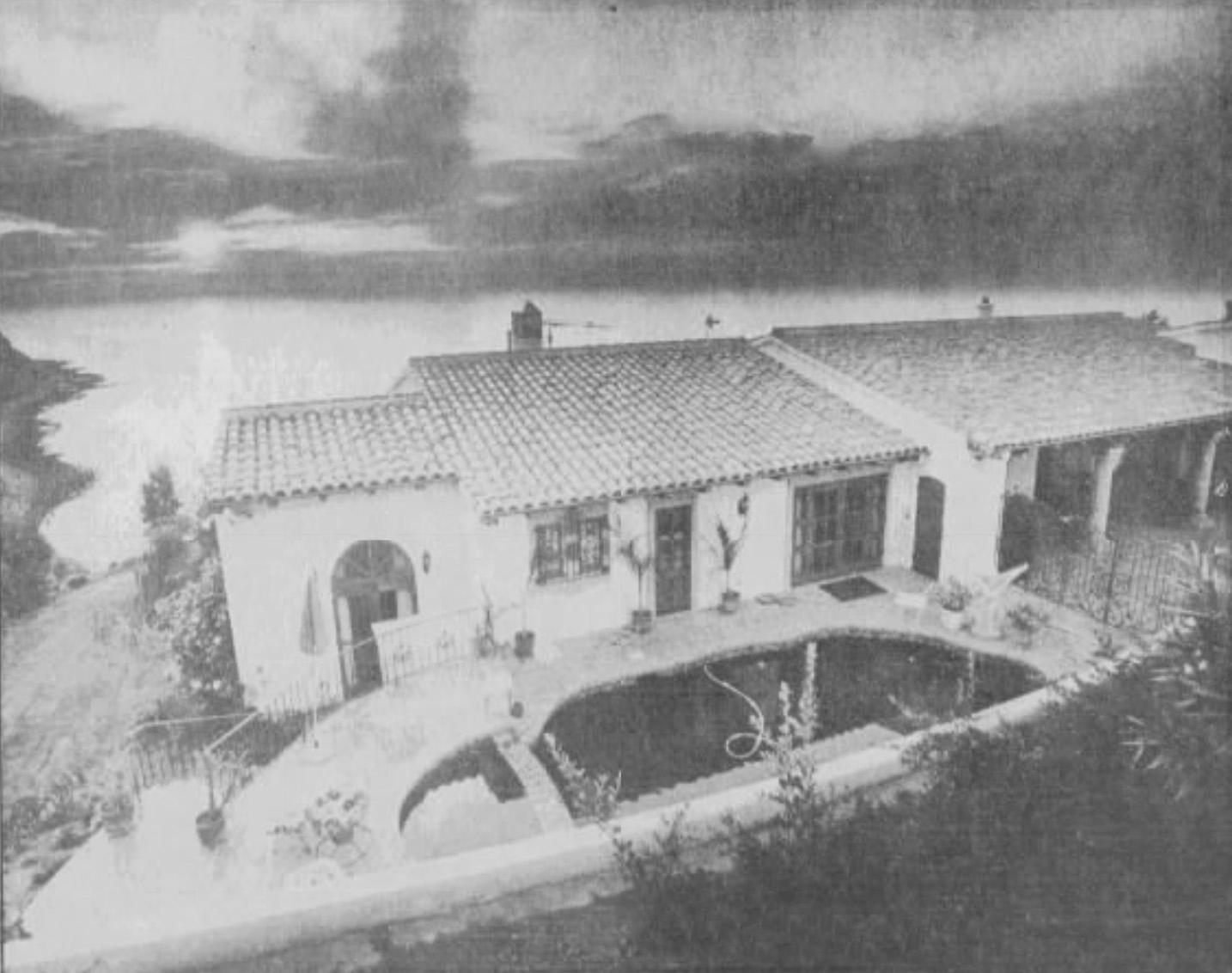
Los Angeles Location Follow-up: The Chasan Villa
Given the reader inquiry received since our 10 Locations from Film and Media piece about famous locations on Palos Verdes Drive in Los Angeles, we wanted to follow-up with a deep dive on The Chasan Villa.
First let’s understand the area: Palos Verdes is in the western part of Los Angeles, north of Long Beach and south of Manhattan Beach. One road named Palos Verdes Drive winds its way around the peninsula through both of the cities that encompass the area, Rancho Palos Verdes and Palos Verdes Estates. Almost the entire peninsula is elevated from the surrounding cities and slopes down towards the Pacific Ocean giving many properties great views of the ocean.
Now let’s understand the people: The Chasan Villa was built by Los Angeles power couple Roslyn and Fred Chasan. Roslyn was a trailblazer, after attending law school at night, she passed the bar and subsequently won the first birth deformity case against a fertility drug manufacturer. Her husband Fred was a noted medical doctor and a U.S. Army veteran of World War II, he was also the cousin of statistician Ingram Olkin and composer Shalom Secunda. The couple had three children, all of whom became notable entrepreneurs: Mark – technology, Jeff – real estate, Paul – plastic surgery. At the time the villa was built, all three children were in college around the greater Los Angeles area and occupied residences in the property according to newspapers at the time.
In the late 1970s, The Chasan Family acquired oceanfront land for the villa on the cliffs that ended at 901 Paseo del Mar in Palos Verdes Estates, a spot that has panoramic views of the Pacific Ocean stretching from Redondo Beach to Santa Barbara. Paseo del Mar is not a complete street, starting and stopping several times as it intertwines with Palos Verdes Drive, and 901 is the last address on this part of the street. As the two streets run parallel at this stretch, once Paseo del Mar ends at 901, Palos Verdes Drive becomes oceanfront as it curves slightly towards the Pacific Ocean. This is why on maps, the addresses of 901 Palos Verdes Drive West and 901 Paseo del Mar correspond to the same area.
The structure itself was one-of-a-kind: according to the press in the 1970s and 1980s, Roslyn was a self-taught architect who had developed several types of properties in her spare time including office buildings, houses, and condominiums. In 1982, she was quoted as saying “my relaxation is design – interior, architectural and landscape.” She would dig into every aspect of the project, even sourcing materials herself on business trips around the world, and made sure to include her children in the process. An example of this was the tile in the property, which was sourced from various continents after Roslyn traveled to Europe as part of her work representing International Tile Company. Another example is how she would visit the construction site every day to ensure each detail was built to her quality standards. The house had many distinctive design elements: limestone columns that supported the rounded and squared archways, which were cut into sections in Guadalajara and re-assembled onsite; large windowed doors, which existed on the front side of the villa and had large multi-pane windows cut into six rectangular panes and four wedge panes; wooden doors that were hand-carved in Mexico, to name a few. The property was also well appointed with amenities, including a pool, hot tub, wet bar, roof deck, sauna, elevator system, group kitchen, partially separate guest residences, and even a soundproofed music creation studio under the property. At the time of the villa’s destruction, a wine cellar was also in the process of being added.
The villa was built for entertaining and it unfortunately never got the chance to fully be in the spotlight in this way as the next major notoriety it would receive was not for its events and grandeur, but for its destruction. Water and drainage pipes owned by the city and by the California Water Service Company built in the 1920s had not been maintained over several decades and began to leak into the basalt cliffs. Basalt is a hard volcanic rock that remains sturdy even in the presence of water, but beneath the basalt was a layer of clay-like material that became waterlogged. This caused the cliffs to destabilize and a landslide to occur around 1983. Although natural landslides had occurred before in the Palos Verdes area, such as the 1920s landslide that created The Sunken City as Film Daily wrote about previously, this landslide on Paseo del Mar and Palos Verdes Drive was different given the involvement of the water pipes. Cracks began to appear around the Chasan property and before long, sinkholes appeared. Pipes in the villa began to burst, staircases crumbled, and concrete walls buckled.
Although a handful of other houses nearby were also impacted, just as The Chasan Villa was unique in design, it’s outcome was equally its own, with The Chasan Villa making headlines after a settlement was reached with The Chasan Family. The City bought the ruins of The Chasan Villa back from The Chasan Family and the newspapers at the time showed how the city solicited bids for demolition crews in 1984 to remove the remaining parts of the property. This was also unique, as the city did not immediately demolish the other impacted properties, instead converting them to residences for government officials. The area continued to be a problem for the city in the 1990s through the 2010s according to the Los Angeles Times and NBC, with further erosion and landslide issues.
Although The Chasan Villa’s once standing structure is history, elements of its existence still remain and can be seen when visiting the cliffs above Bluff Cove.
Interested to hear more? Send us a note and we can explore The Chasan Villa or other interesting places further.
Image credit: Wikimedia Commons (source)



